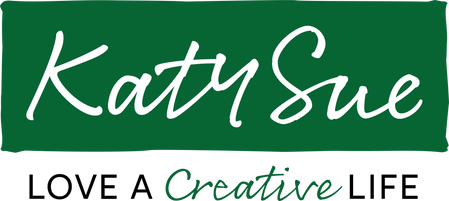Hydrangea & Dogwood - Sugar Filler Flowers Part 1
In this video you will discover how to create a hydrangea flower using the Ultimate Filler Flowers mould, a versatile tool that can be used to create over 20 different types of flowers. The hydrangea is a popular four-petal flower often used in wedding decorations and comes in a variety of colours including shades of white, pink, purple, blue, and green.
To begin, 30-gauge wire is used, which is the thinnest wire typically used in flower making. The higher the number on the wire, the thinner the wire. White floral tape is used to cover the wire. The floral tape is stretched slightly and wrapped around the wire.
To make the hydrangea centres, the wire is folded over using a pair of tweezers to create a very tiny hook on the end of the wire. The size guide is used to measure the paste for the hydrangea centres. A number two size ball of paste is used, with approximately one third below the hole and two thirds above the top. The paste is then dropped into the smallest of the three cavities on the mould and pressed in gently using the ball tool end of the companion tool.
The hooked wire is then pushed into the paste in the mould. The mould is flexed one way and then the other, pushing the paste around until it pops out. The resulting tiny four-part centre is then tapered down. This is how the centre of the hydrangea flower is made.
The process for making the hydrangea buds is similar, but a number three size ball of paste is used and the hook on the wire needs to be slightly larger. The paste is dropped into the medium mould and pressed in gently. The hooked wire is pushed into the paste in the mould and the mould is flexed until the paste pops out.
The hydrangea flower is made using the four petals part of the Ultimate Filler Flowers mould. A number seven small size ball of paste is used. The paste is made into a sausage shape the width of the blossom shape and then cut in half. The two halves are then crossed over each other and pressed into the mould. The paste is then brought out to the edge of the mould using a cosmetic sponge.
This flower can be used in many different ways. If the hydrangeas are to be used on cupcakes, cookies, or on the side of a cake, they can be made totally wire-free. Once dry the hydrangea flower is coloured using dusting powders in the desired colours.
These flowers can then be assembled into little groupings or florets using half-width green floral tape. The hydrangea flowers and buds can be arranged in any way desired to create a beautiful and realistic hydrangea flower arrangement.
This video also shows the process of creating a dogwood flower. The dogwood flower is a popular choice for many due to its delicate and intricate appearance. The process is similar to the hydrangea, but with a few key differences. Watch the video for all of the details.
Related Products
More videos from this collection
Subscribe to our Newsletter
The latest news, events and stories delivered right to your inbox
Click here to subscribe
 Cosmic Shimmer
Cosmic Shimmer


